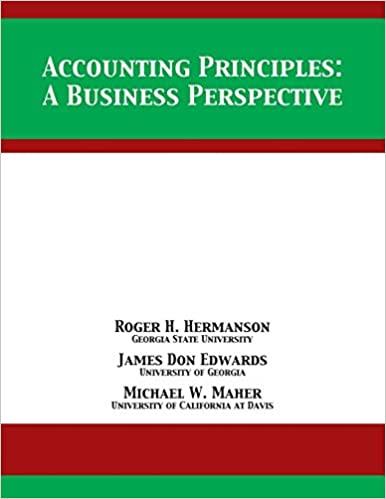


Problem 4: Mode Mix Price per unit = $130 Net cost per unit = $70 Demand per day (units) = 2000 Inventory carrying cost = 30% In-transit inventory carrying cost = 18% Motor carrier transportation cost = 0.09% of inventory value Ocean transportation cost = 0.00938% of inventory value Rail transportation cost = 0.01199% of inventory value Cost of capital = 16% ABC company owns the inventory up to delivery at customer DC For this problem, make sure you adjust the annual carrying cost rates to daily rates Current System Mode Days Activity motor ocean ABC plant to China port Through China port China port to West U.S. port Through West U.S. port West U.S. port to railhead West U.S. to East U.S. railhead East U.S. railhead to customer DC Through customer DC Customer DC to store Through store 1 1 21 2 1 8 1 2 1 2 motor rail motor motor Proposed System Days Mode Activity motor ocean ABC plant to China port Through China port China port to West U.S. port Through West U.S. port West U.S. port to customer DC Through customer DC Customer DC to store Through store 1 1 21 2 5 2 1 2 motor motor 12. What is the total inventory carrying cost reduction (increase) for ABC between the current and proposed systems? a. $345.16 b. $126,000.00 c. $369.90 d. none of the above 13. What is the net cash flow increase (decrease) for ABC from the proposed system? a. $101,628.80 b. $108.78 c. $101.45 d. none of the above Assume that we are going to examine an air freight alternative. ABC plant to China airport = 1 day (motor) Through China customs = 1 day China airport to U.S. airport = 1 day (air) Through U.S. customs = 2 days U.S. airport to customer DC = 1 day (motor) The remainder of the move from customer DC through the store remains the same Air freight transportation cost = 0.835% of inventory value 14. What is the inventory carrying cost decrease (increase) between this air alternative and the original current system? a. $2,502.48 b. $2,145.42 c. $730,800.00 d. none of the above 15. What is the net cash flow (decrease) increase between the air alternative and the original current system? a. $1,369.04 b. $667,506.00 C. $1,467.27 d. none of the above









